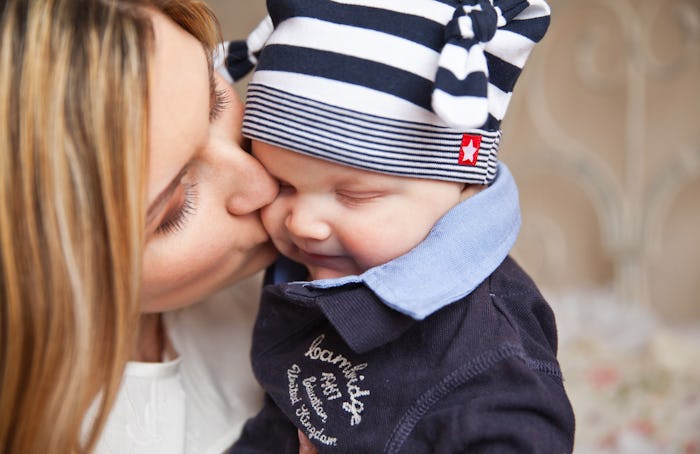Life

More Women Are Planning To Have Kids, Study Says, So Why Are Birth Rates So Low?
According to new data released by the Center for Disease Control and Prevention, despite the fact that birth rates have been declining in the United States in recent years, more women than ever before intend to have children at some point in their lives. So, if more women are planning to have kids, why are birth rates so low? The study, which surveyed 5,700 women of child-bearing age, showed that more than half the women between the ages of 15-44 reported they planned to have children in the future. In 2002, the response was just 46 percent.
The data also showed that, while the number of women who planned to have children increased, the number of children that they planned on having decreased, and 82 percent of women surveyed who already had two or more children did not expect to have another in the future.
Other recent studies have shown that, of all age groups of women today, millennial women seem to be the least likely to have kids; in fact, they might be the slowest generation to have kids in U.S. history. A study from The Urban Institute found that, in the years directly following the economic recession, the birth rates of women in their 20s dropped by 15 percent.
While career aspirations, education, and things like marital status more than likely play a role in the drop, the biggest reason seemed to be economic. This is very similar to the data gathered during the 1930s and 1970s — two other periods of major economic recession in the United States.
Millennials were particularly hard-hit by the most recent recession, as they graduated into a depleted job market. A lot of young adults today live with their parents still, as a means to try to save money. This fact alone changes the dynamics between young adults who, when living independently, have more freedom with potential sexual partners.
That being said, in the survey by the CDC, 86 percent millennial women (15-24) said they planned to have children in the future; more than any other age group. 22 percent of women surveyed who had no children, did not expect to have a child in the future. The other major finding, which has already been widely reported on, is that the rate of births to teenagers has gone down significantly: the rate dropped by 54 percent between 2007 and 2015.
It's too early to make predictions with this data about fertility rates over the next few decades: other factors, socially and for each individual woman, will ultimately influence how many children they have — if they have any at all. But the fact remains that, in recent years, birth rates in the U.S. have simply declined: in 2007, the birth rate per woman was 2.12; right now it's 1.87.
Depending on who you ask, there are some concerns that lowered birth rates will put a lot of stress on the workforce in coming years, with many people retiring and not enough people to fill in those gaps — and take care of the aging population. But others point out that big families are certainly an economic strain, so for many, a smaller number of children might end up being an economic decision above all else.